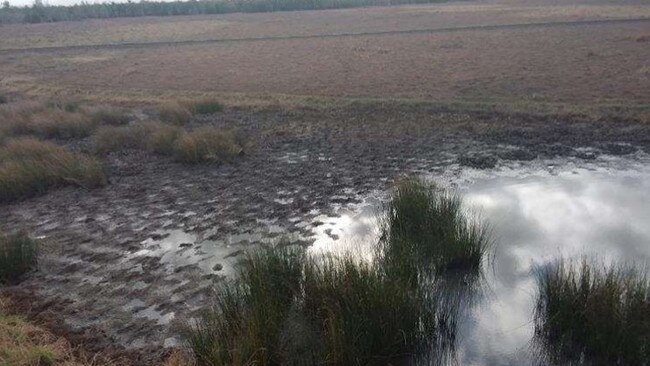Whitsunday Regional Council: Feral Animal Aerial Shooting Program results released
There are an estimated 19,000 feral pigs in the Whitsunday region that cause millions in economic damage per year. Find out the cost of the solution and decide if it’s worth it.
Whitsunday
Don't miss out on the headlines from Whitsunday. Followed categories will be added to My News.
Council programs to control feral pig numbers have run in the Whitsunday region since 2004, but it was 10 years ago when those programs first took guns to the skies.
The Feral Animal Aerial Shooting Program began in 2012 and reported in 2022 that it had removed 12,826 feral animals from the region in those 10 years.
While the decade-long program cost $934,000, the estimated direct and indirect economic damage of feral animals over that time totalled $12.5 million each year.
A Whitsunday Regional Council progress report on the program co-authored by technical officer Bren Fuller and national resource management coordinator Scott Hardy said that each of the 12,826 ferals shot returned $72 of expected damage.

The report said feral pig numbers were thought to be “holding steady or slightly declining” under aerial shooting and land-based culling activities.
“The economic impact on agriculture of the average feral pig in the Whitsunday region is therefore approximately $662/pig/year at the current population level,” the report said.
“The combined economic and environmental benefits for the 2020-21 year was $4,248,650.
“The cost of the 2021-22 year was $163,200 cash.
“This means that for every one dollar invested by the program, there was a $18.83 return.”

Regional farmers and landholders have reported positive outcomes and even said they would be willing to support the program if funding ran low.
One wetland land manager in Goorganga commented that he had not needed to lay 1080 bait traps for feral pigs since the aerial shooting started.
“I have never seen this place looking so good,” he said.
Another land manager in Collinsville said he could “drive some places now where I couldn’t before the aerial shooting”.
The region’s Aerial Shooting Program is a case study for the National Feral Pig Action Plan, so the results here may affect policy across the country.
More Coverage





